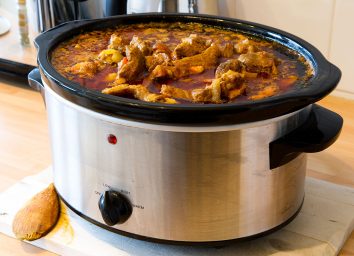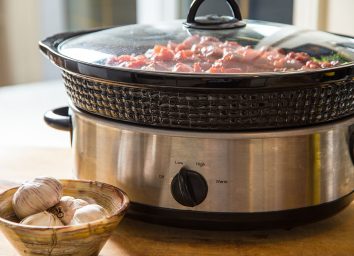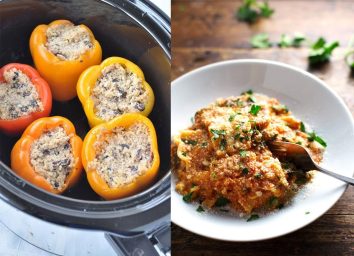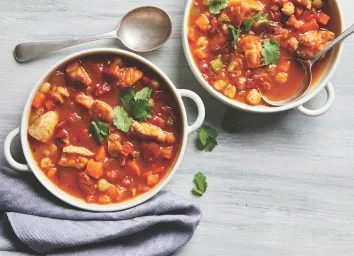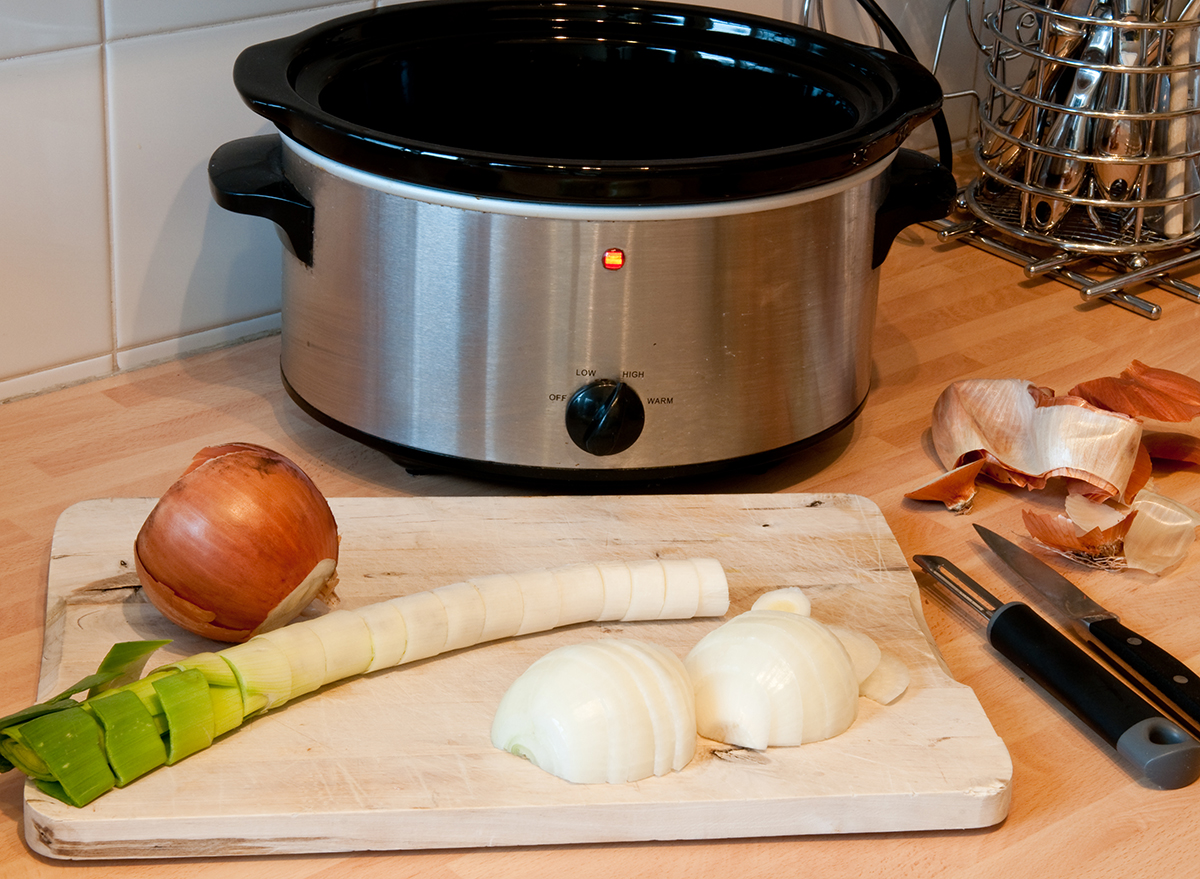
Few cooking tools are as convenient and versatile as the slow cooker—especially if you don't have hours to spend stirring at the stove. After all, what's better than throwing a bunch of ingredients in a pot, walking away, and returning several hours later to find a hot, delicious meal ready and waiting for you? But even if you're a slow cooker master, there could still be ways you're using your slow cooker wrong.
There are a few things to know about using a slow cooker, like how much liquid to use and when to lift the lid. If you're not careful, any of the following 15 things could seriously wreck the perfect meal you had planned. Know what you should avoid so you can have a tasty hot meal ready when dinner rolls around.
You use too much liquid.
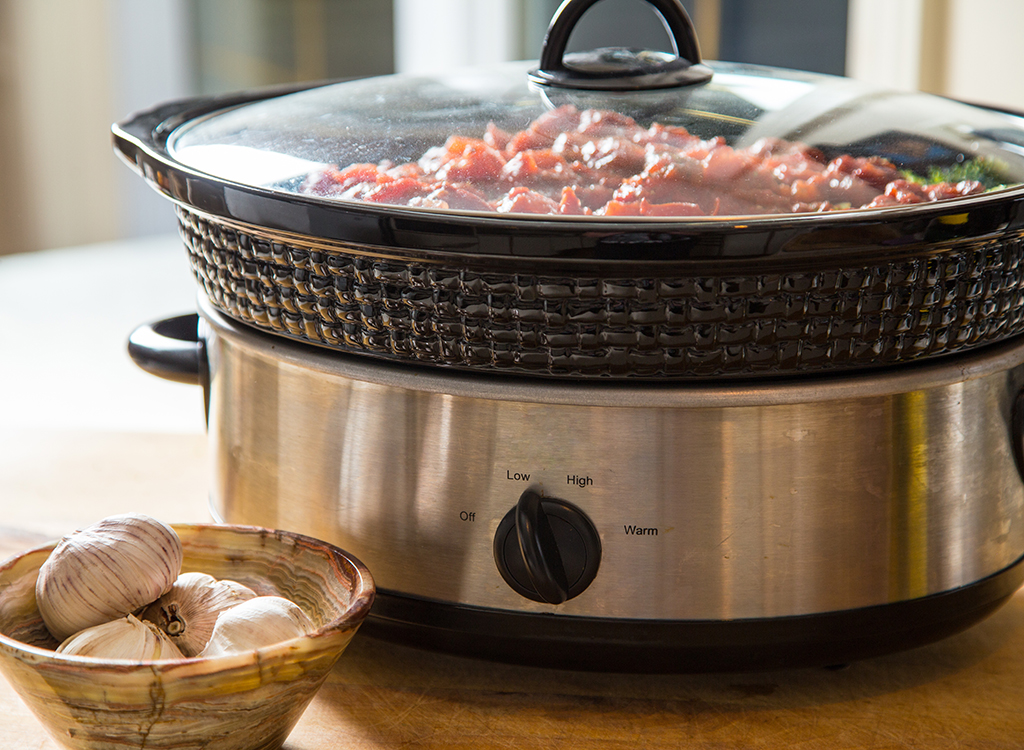
If you don't know exactly how much liquid to add to a slow cooker, your recipe could be ruined. One of the most common slow cooker mistakes is adding liquid to every recipe, but unless you're making a soup or stew, you really don't need extra liquid. If you add liquid to every recipe, you'll probably end up with too much leftover once the cooking time is up. Why? "You get a lot less evaporation in the slow cooker than the oven or stovetop," says Sarah DiGregorio, recipe developer and author of Adventures in Slow Cooking: 120 Slow-Cooker Recipes for People Who Love Food. As a result, any water in your ingredients (veggies, meat, poultry) will seep into the crockpot. Start with less liquid than you normally would and think of your ingredients as providing all the moisture you need, DiGregorio explains. Adding too much liquid isn't the end of the world, but it will change the texture and flavor of your dish.
You add dairy products too soon.
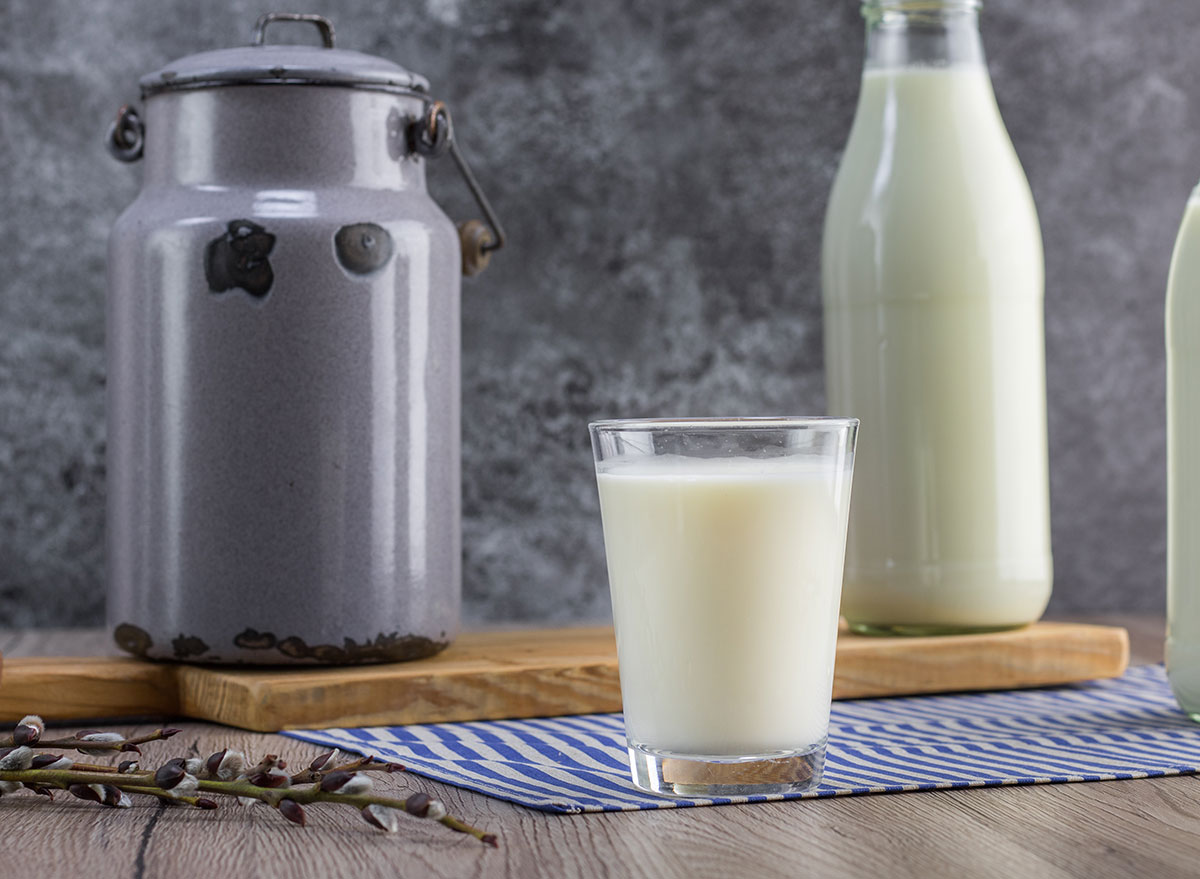
In general, it's always best to add dairy products like milk and cheese toward the end of the cooking time. If you simmer them for hours, they can curdle or break, DiGregorio says.
You lift the lid.
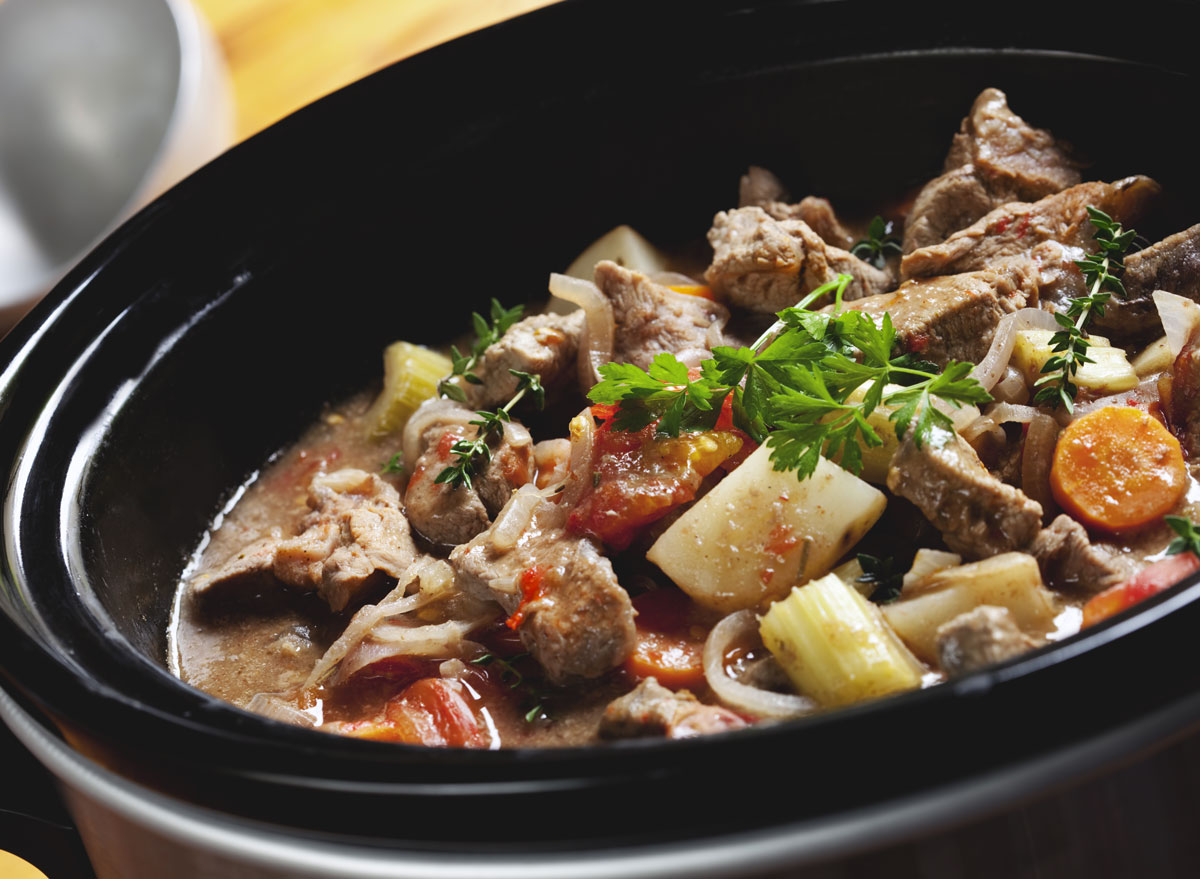
Yes, it's tempting to peek at the food when it smells so good, but resist the urge to lift the lid unless you're adding more ingredients. "The slow cooker takes time to heat up, and every time the lid is off, heat escapes, which lengthens the cooking time," says Sarah Olson, author of The Magical Slow Cooker: Recipes for Busy Moms. If you really need to check on the food, try to do so during the last hour of cooking.
You add uncooked pasta and rice.
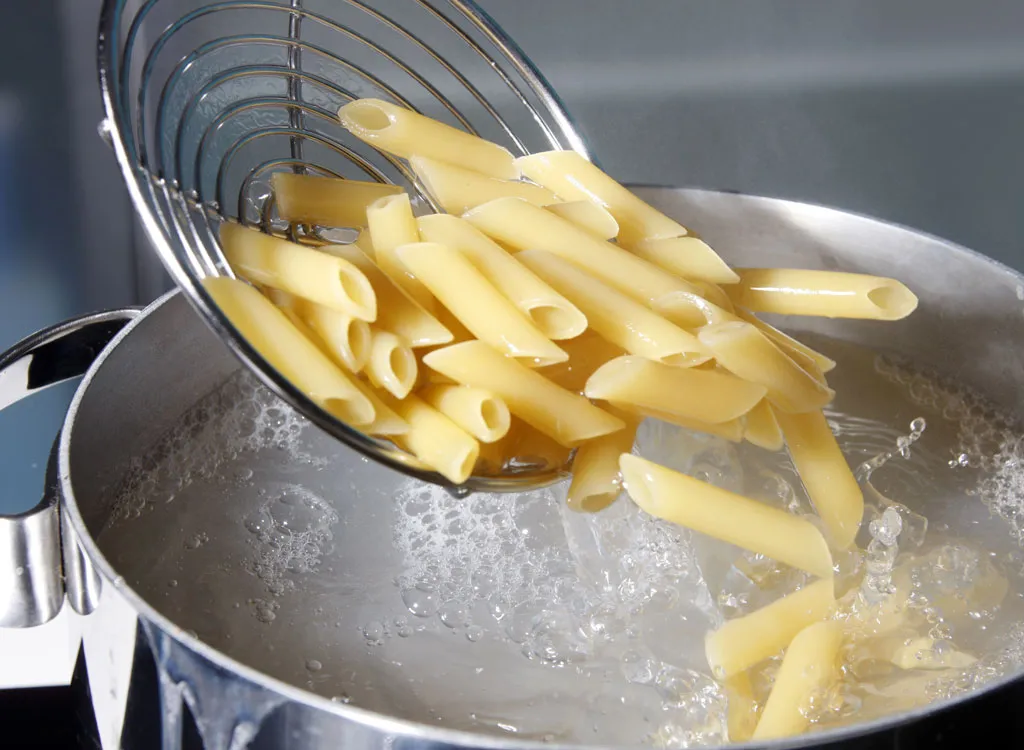
The slow cooker is a very versatile cooking tool. However, some ingredients—like pasta and rice—are best cooked separately. "The slow cooker doesn't get hot enough to cook pasta or rice properly; it turns out mushy," Olson says. Instead, add pasta and rice to your slow cooker recipe at the end of its cooking time. On the other hand, parboiled rice (rice that's been partially boiled in the husk) will do fine in the slow cooker, as it's already been partly-cooked, Olson says.
You add herbs too soon.
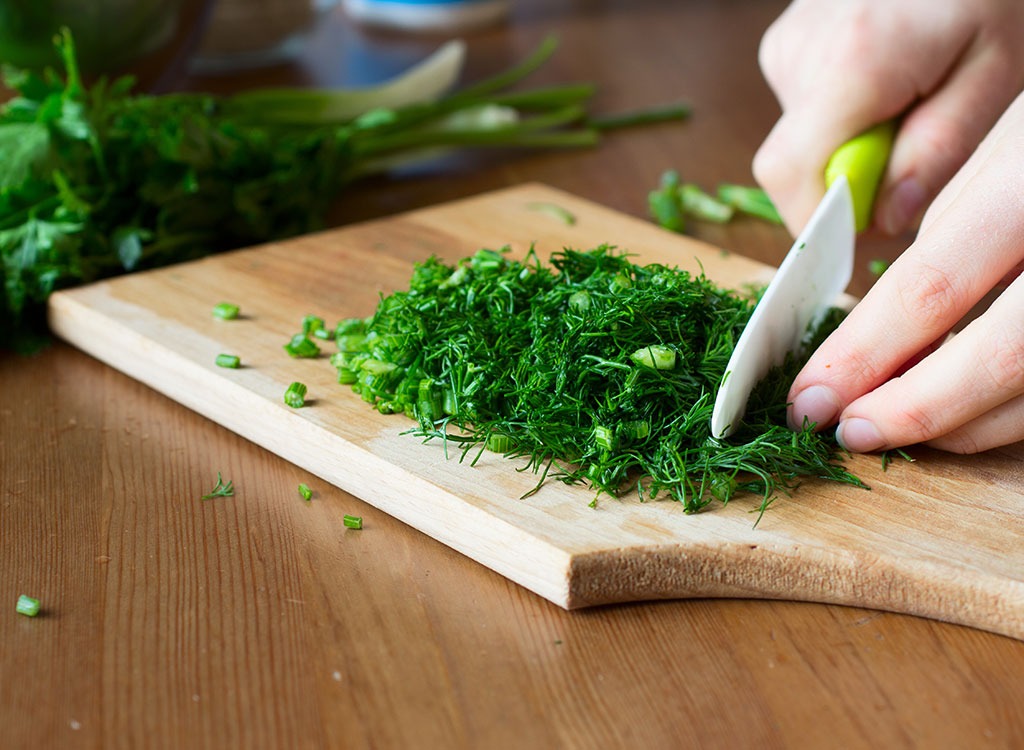
When food simmers for a long time, the flavors soften and mellow, and some herbs aren't strong enough to survive to the end. Wait until the end of the cooking time to add soft herbs like parsley and chives, DiGregorio says. On the other hand, hearty herbs like rosemary or thyme can go in at the beginning and the flavor will carry through, though you may still want to add a bit more before serving, especially if the recipe has been cooking all day.
You add all the ingredients at once.
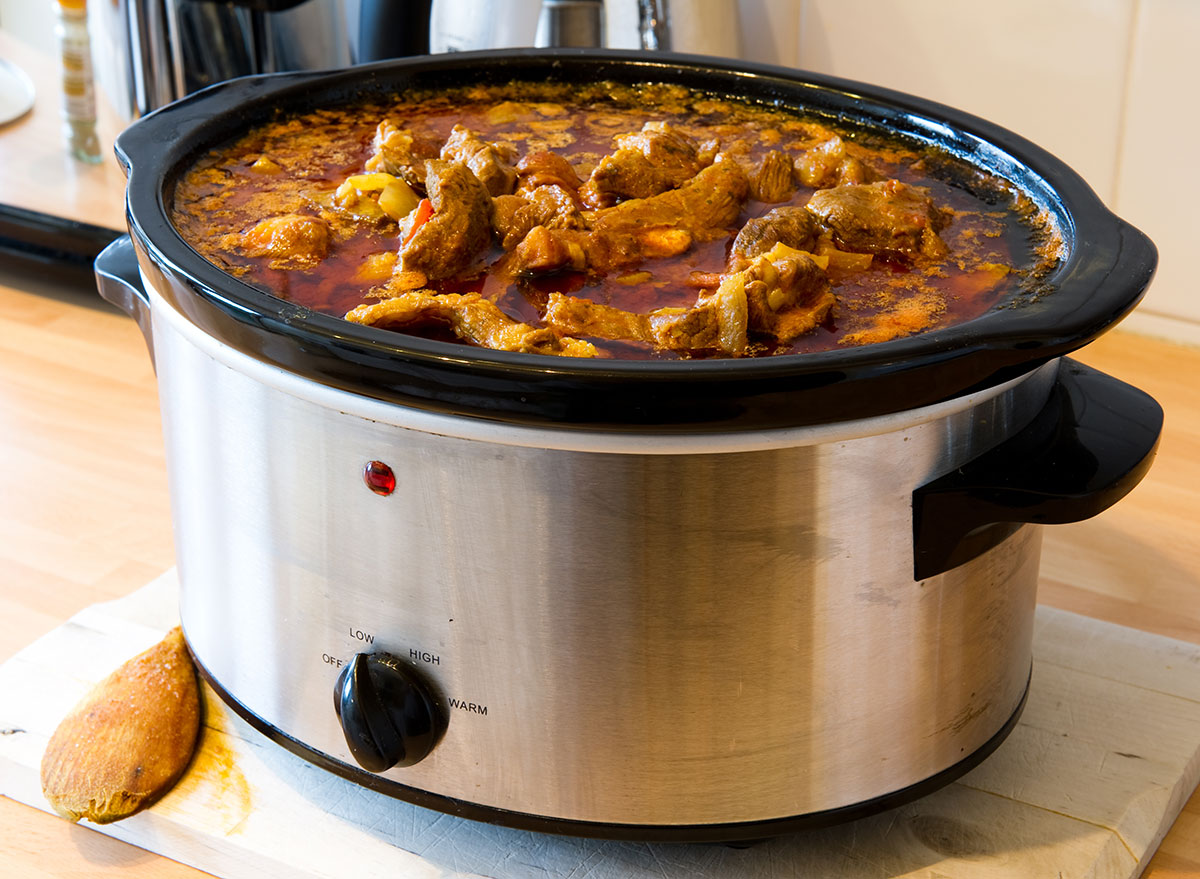
If you throw a handful of ingredients in the slow cooker and come home several hours later expecting a ready-to-serve meal, you may be disappointed. Instead, think about layering the ingredients over time so you get a nice blend of textures and flavors. It can be as simple as adding ingredients at the very beginning and then topping off the recipe with a layer of ingredients at the end. "It's not adding a bunch of work or time, it's being thoughtful about tasting before you serve," DiGregorio says. Things like herbs, nuts, seeds, and soft vegetables all make great last-minute additions.
You overcook the recipe.
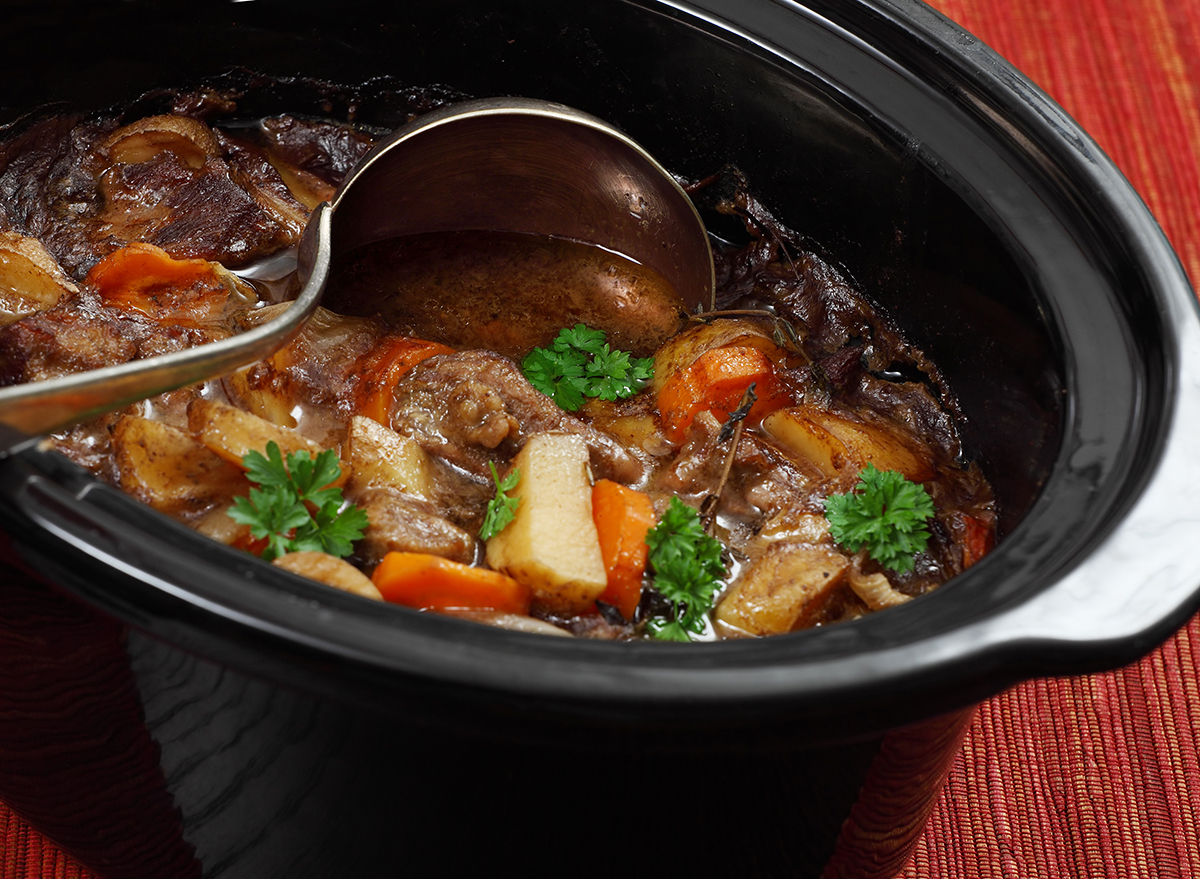
Many slow cooker recipes like roasts and soups can take eight or more hours to cook. (It's called a "slow cooker" for a reason.) However, thicker recipes that don't have a lot of liquid (such as casseroles or meatloaves) can burn on the edges after just a few hours, Olson says. Save these dishes for your day off so you don't come home to a burnt dinner.
You use it to cook chicken breasts.
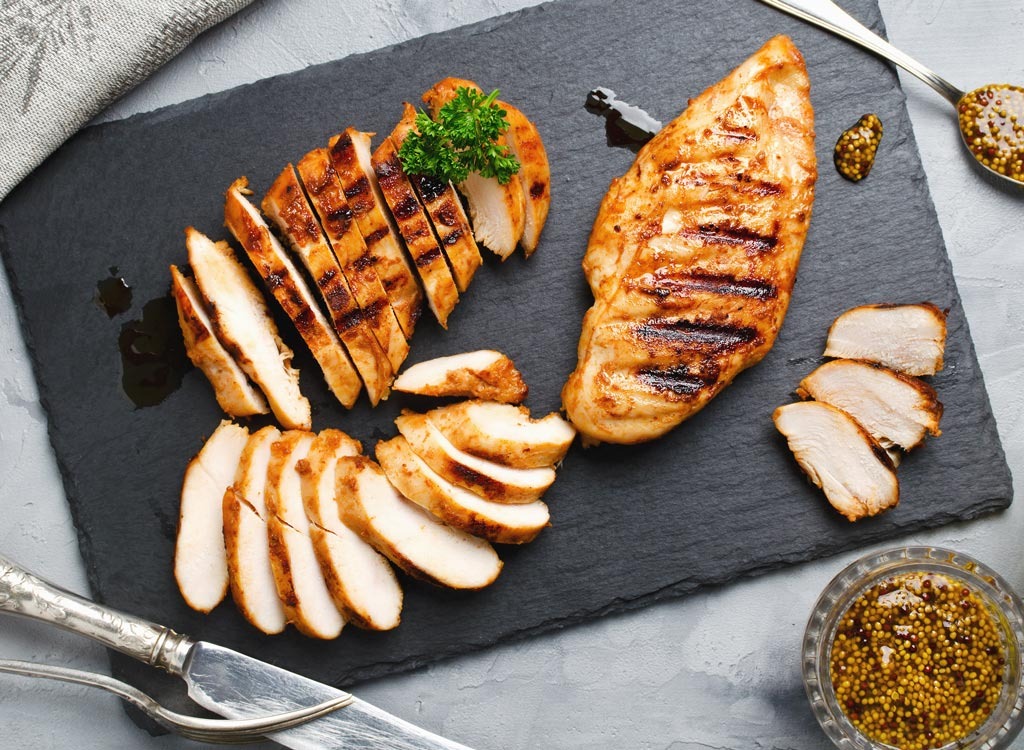
In general, skinless chicken breast is a versatile cooking meat. However, this cut is so lean and quick to cook that there's no good reason to use your slow cooker to do it. In fact, cooking chicken breast in the slow cooker will only dry out the meat, which will change the flavor and texture of your dish. DiGregorio recommends saving the slow cooker for chicken legs and thighs and cooking chicken breast another way.
You overcook vegetables.
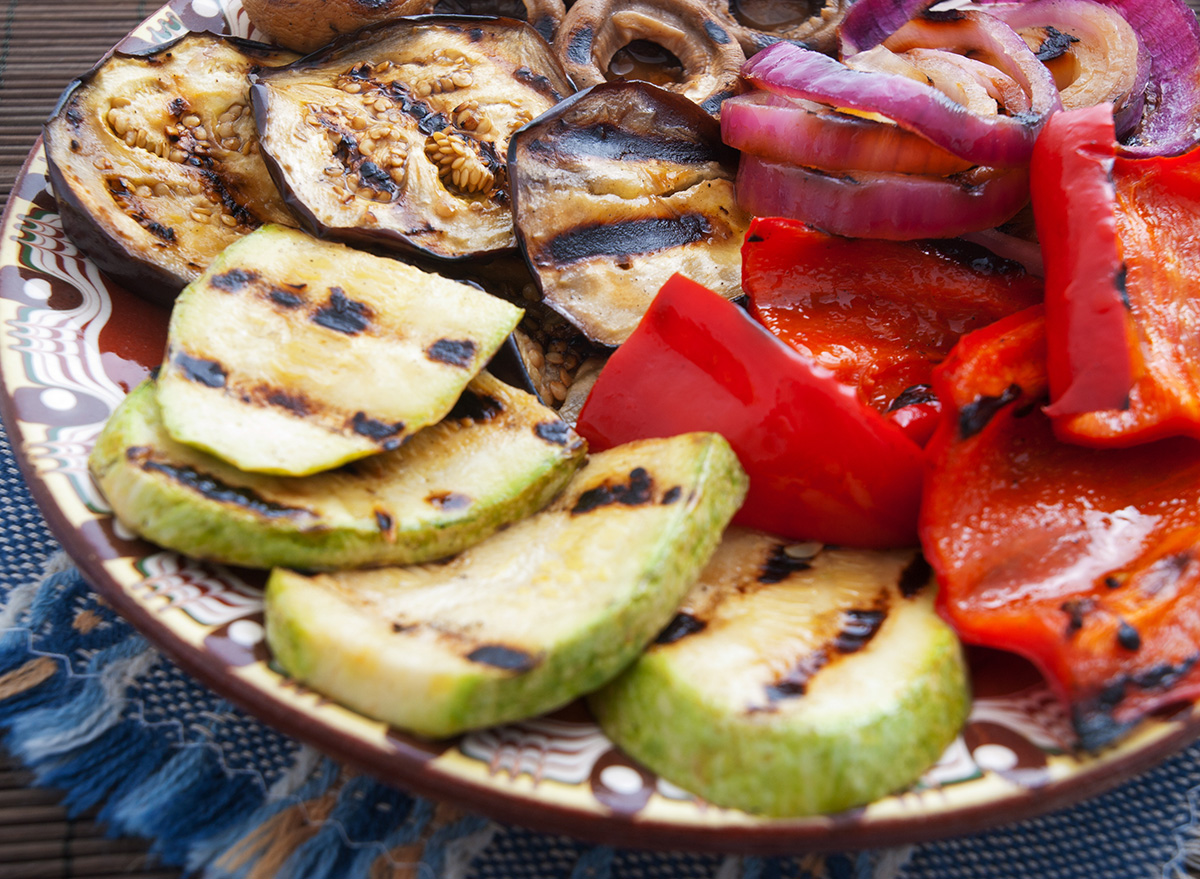
Few things wreck a dish like mushy, flavorless veggies. To avoid this, cut hearty vegetables like onions and carrots into bigger chunks than you normally would, and add delicate vegetables like spinach toward the end of the cooking time. "Just leave them in there long enough to be heated through," DiGregorio says.
You overfill the pot.
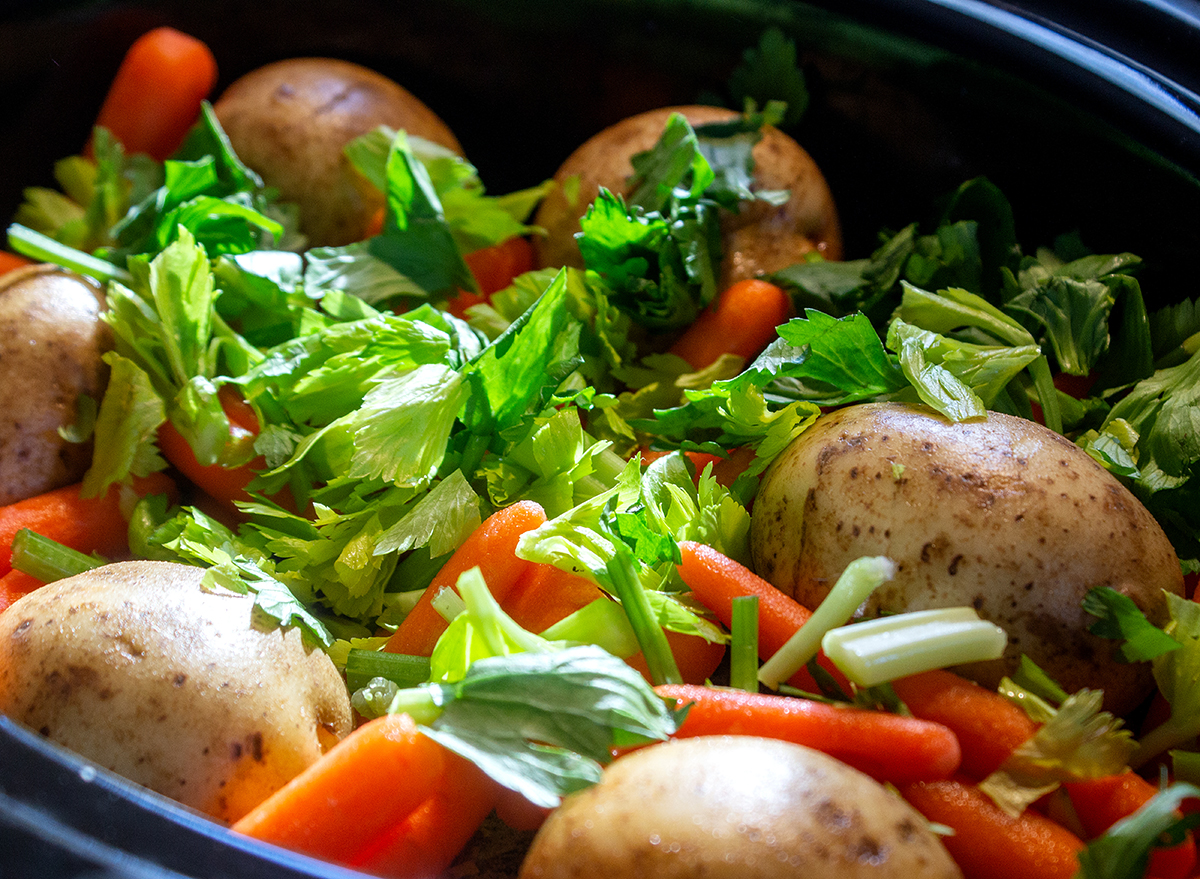
Resist the urge to stuff the slow cooker with as many ingredients as possible—leave at least an inch of space at the top just in case it bubbles over. If you're trying to cook a ham or a roast and it won't fit in the slow cooker, cut off a chunk and stick it in the freezer to cook later. "The slow cooker won't cook properly if the lid isn't on all the way," Olson says.
You don't add enough flavorful ingredients.
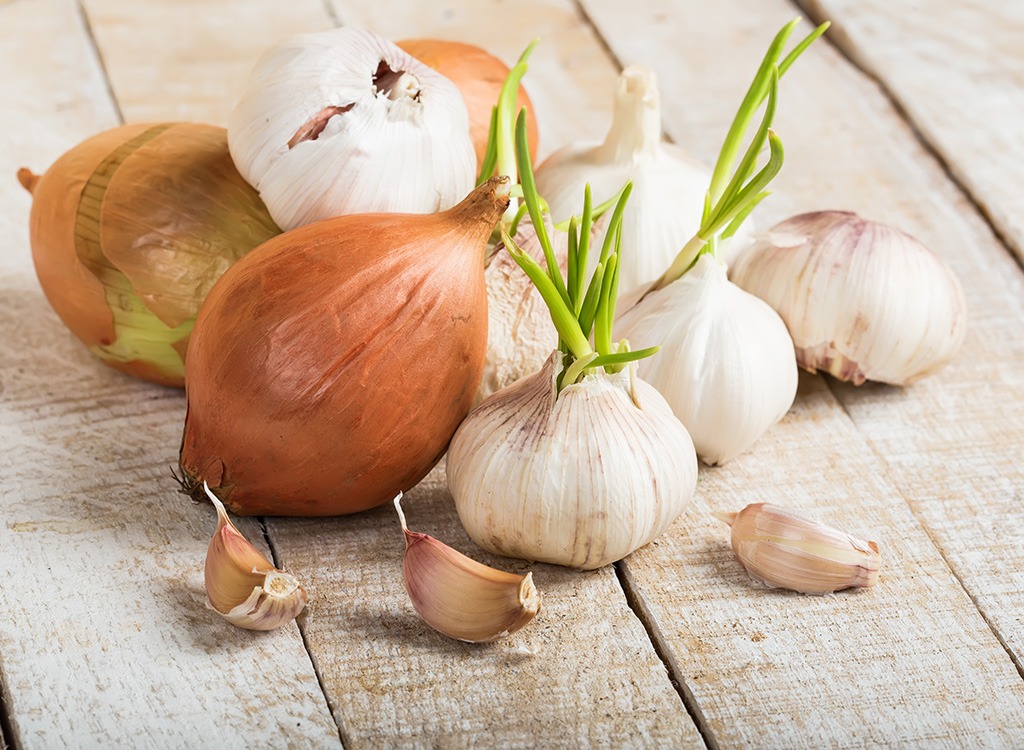
We've already established that slow cooking mellows out flavors over time. This means that if you want a flavor to stay strong and carry through to the end, you need to add a little more of it than you normally would. If you're cooking a dish with garlic, for example, put in more at the beginning or throughout if you want to taste the flavor at the end, DiGregorio says.
You reheat your food.
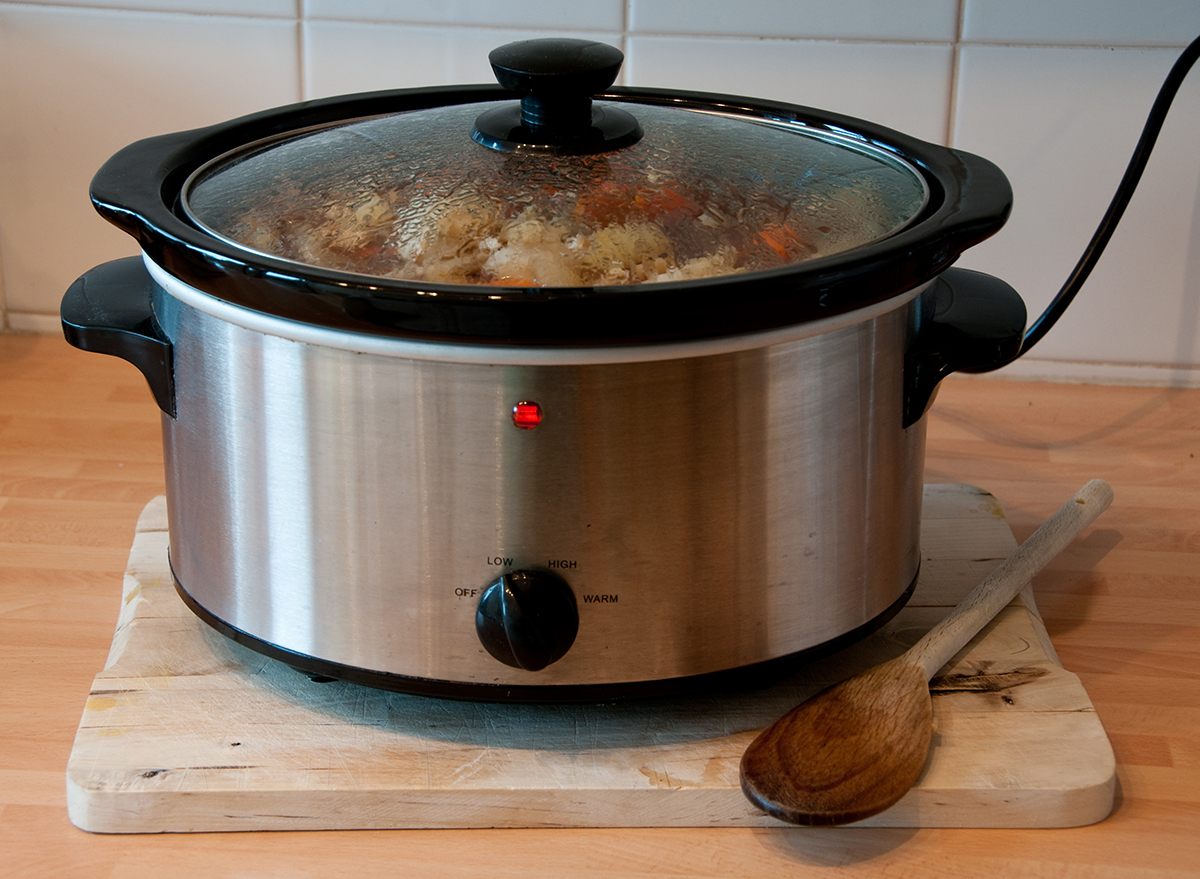
Reheating food in your slow cooker is not only unnecessary (that's what ovens and microwaves are for!), but it can also be a food safety hazard depending on the type of food. According to DiGregorio, you don't want to keep any perishable foods at a temperature between 40 and 140 degrees Fahrenheit for more than three hours, and the food may not reach a high temperature fast enough in your slow cooker.
You cook raw meat.
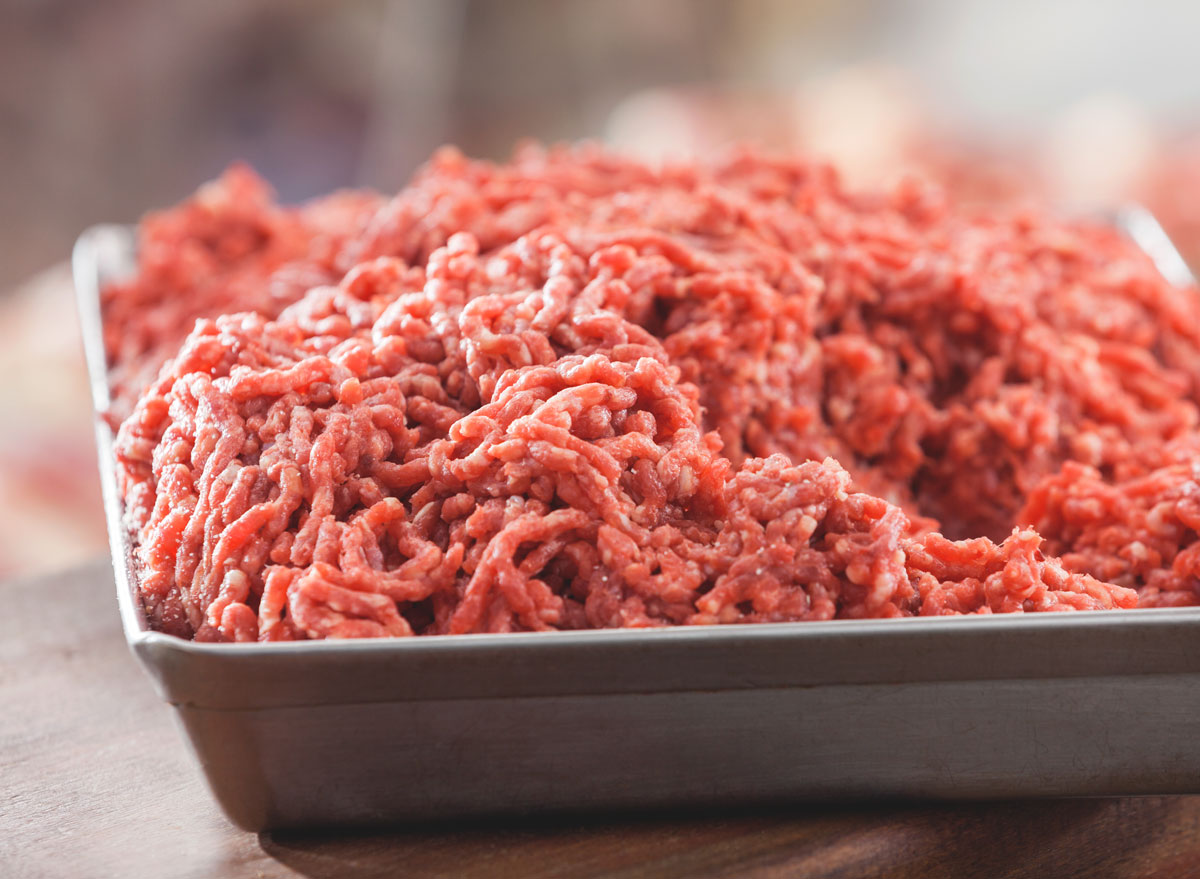
OK, you can technically cook raw meat in your slow cooker, so long as you cook it all the way through. However, if you have the time, browning the meat beforehand will add a great layer of flavor and texture to your dish, DiGregorio says.
You don't use a food thermometer.
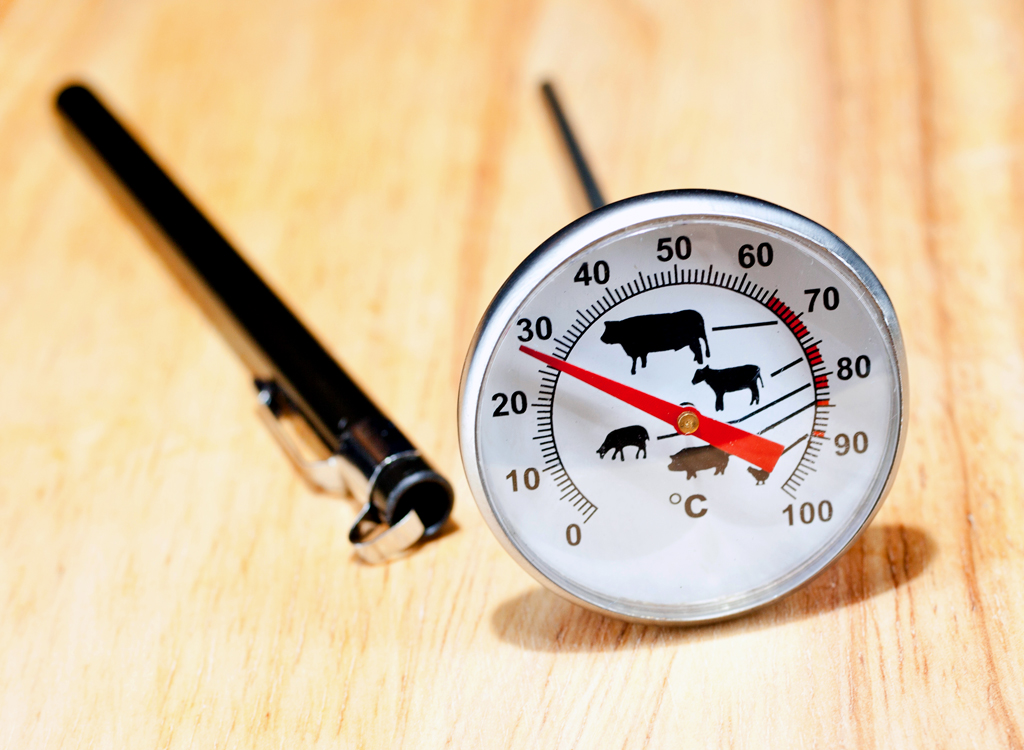
This is a food safety issue, especially when your recipe involves meat. After all, larger chunks of meat will take longer than smaller chunks, and the suggested cooking time may not end up being long enough. The only way to know for sure that your food is ready to eat is to use a food thermometer, according to the Academy of Nutrition and Dietetics.
You only make soups or stews.
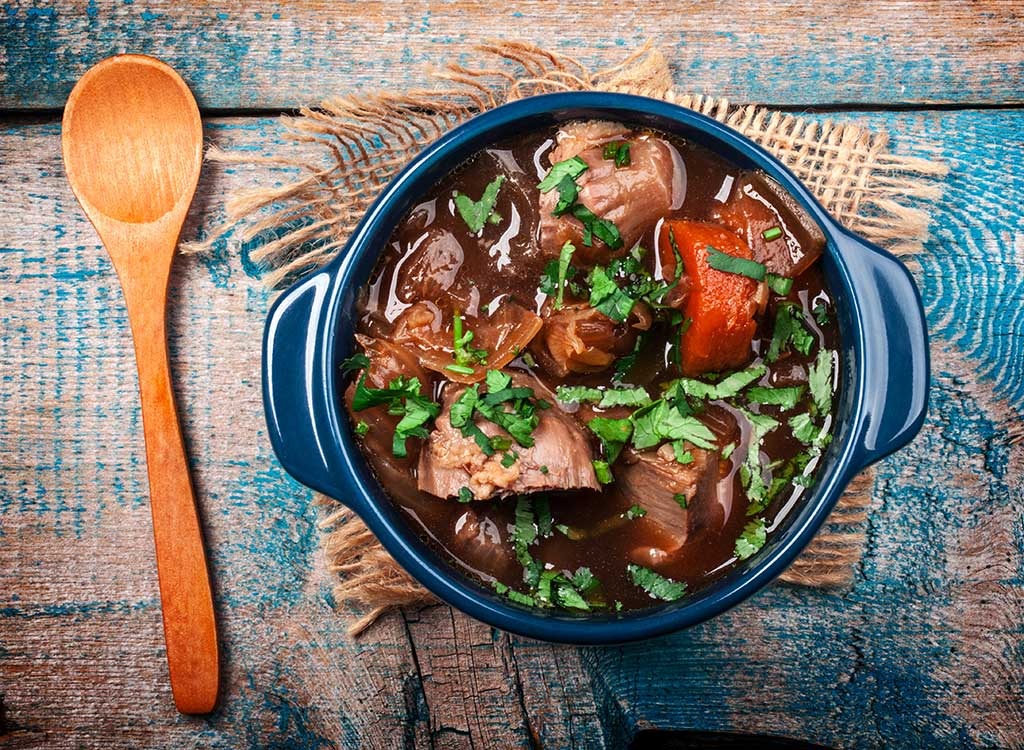
Many people assume slow cookers are only for making soups and stews. Yes, slow cookers are great for this, but they're much more versatile than that. Think outside the usual comfort soups and stews and look to your slow cooker for dishes like roast, casserole, and meatloaf. You can even create custards in your slow cooker: Just heat up some water in the slow cooker and then scoop the custard into oven-safe baking dishes and place the dishes in the hot water to steam. "It's a great foolproof way to get beautiful custards," DiGregorio says.
